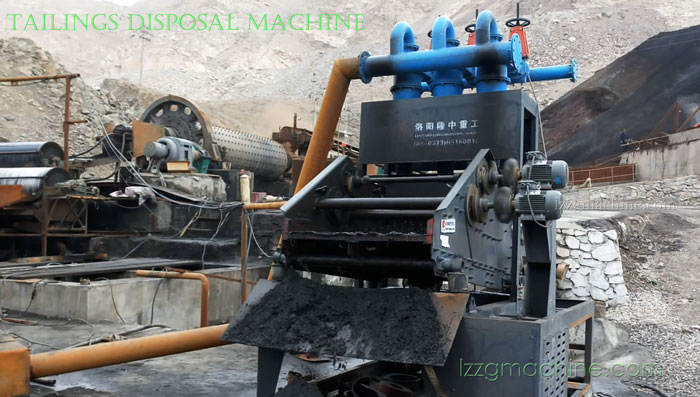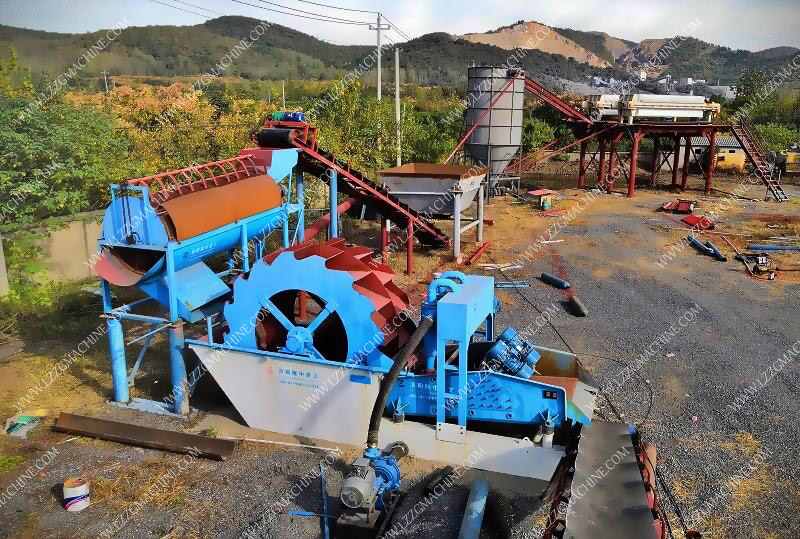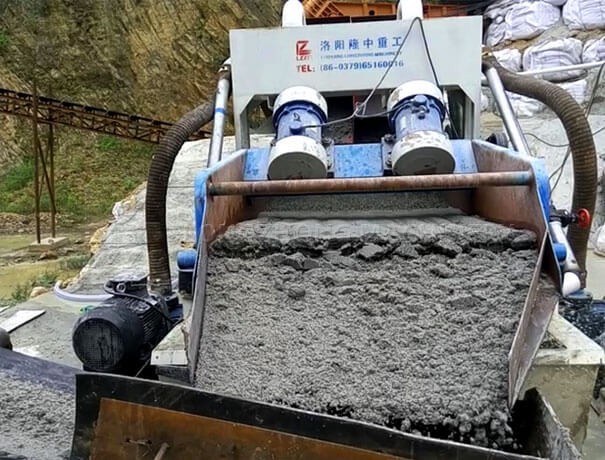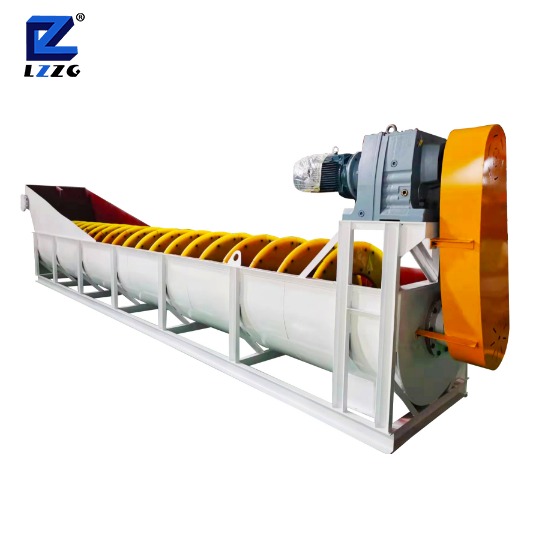Dewatering process and machinery in coal preparation plant
 January.07,2021
January.07,2021
The dehydration process of coal is a step that must be gone through in a wet coal preparation plant. In order to meet the user’s requirements for the moisture of clean coal as much as possible, and to meet the relevant water saving needs, the product needs to be washed or reused in a closed circuit. And dehydrated again after selection.
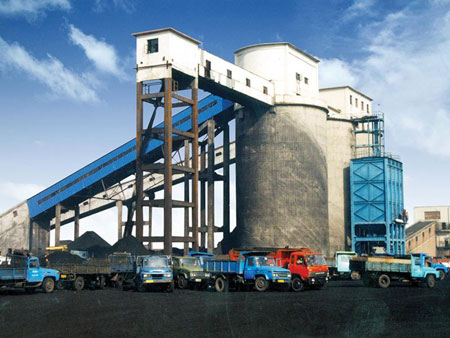
The meaning of dehydration
(1) Ensure that the moisture in the product meets the requirements of customers. Coal companies often have a large amount of moisture in their products when they are in a wet coal preparation plant. Too much moisture will affect the quality of coal. In addition, coal with excessive moisture will also have major problems in transportation. From the current relevant standards, for clean coal, the comprehensive moisture content is generally controlled at 12% to 13%. For customers who require it or for winter transportation in alpine regions, the moisture control of clean coal has higher requirements, generally speaking, it must be controlled below 9%.
(2) Multiple use of washing water to save water. The use of wet coal preparation consumes a lot of water. For example, the jig machine needs about 2.5 ~ 3t to process one ton of raw coal; the heavy medium separator is processing–ton of coal At that time, about 0.7t of water is needed, and about 1.6~2.0t of water is needed to process-ton of raw coal. It can be seen from these data that if the water is no longer used (recycled), it will be a huge waste. Therefore, the washing water should be used multiple times, which is beneficial to water conservation.
(3) The closed-circuit circulating washing water reduces pollution. For coal preparation plants, once the slime water flows out, it will cause serious pollution to the outside world, and to a certain extent, it is also coal resources. Loss reduces the economy of coal enterprises benefit. If an effective dewatering method is selected, the slime is recycled and the slime is washed and purified to achieve closed-circuit washing water, thereby reducing pollution and improving the economic benefits of the enterprise.
Coal Dewatering Method
From the current point of view, there are the following two common main methods
1. Gravity dehydration uses the gravity generated by the weight of the material itself and its surface water to dehydrate. The more popular gravity dehydration in recent years includes dehydration in the dehydration bin, bucket-lift dehydration and so on.
2. Mechanical dehydration uses the inertial force generated by the relative action of the material and the screen surface to perform dehydration. Mechanical dehydration mainly includes filtration dehydration, screening dehydration, filter press dehydration and centrifugal dehydration.
Dewatering Equipment
1. Dewatering screen
Dewatering screens mainly include shaking screens, resonance screens, fixed screens, curved screens, and cyclone screens. Among these types of dewatering screens, the fixed screen and the curved screen should be installed in advance before the dewatering vibrating screen, and then related Product pre-dehydration treatment. In order to wash the high-ash fine mud on the dewatering screen, it is generally necessary to rinse it with clean water at a pressure of about 0.15 MPa. A water spray pipe should be installed above the middle of the screen surface to ensure that the entire screen surface can be sprayed by water, so water spray has a positive effect on dehydration and ash reduction.
2. Centrifugal dehydration equipment
According to the different dehydration principles, we can divide the mechanical equipment of centrifugal dehydration into the following three categories:
(1) Centrifuge that uses the filtration principle of mechanical equipment to dehydrate the material is mainly suitable for dewatering of fine coal;
(2) Centrifuge that uses the sedimentation principle to dehydrate materials. This is also a sedimentation centrifugal dewatering machine, which is mainly used for the dewatering of slime and tailings;
(3) The centrifugal dehydrator that adopts the combination of filtration principle and sedimentation principle, that is, sedimentation centrifugal dehydrator, is mainly suitable for the dehydration of clean coal and coarse flotation tailings.
3. Concentration equipment
In the treatment of slime water, the use of thickening equipment can increase the concentration of slime water or ore slurry, which is more conducive to coal dehydration. At present, the main thickening equipment in China’s coal industry includes cyclones, deep cone thickeners, and rake thickeners. These thickening equipment, pyramid sedimentation tanks, bucket fishing pits, etc. constitute slime water thickening equipment.
4. Filtration equipment
At present, most of the filtration equipment used in my country is vacuum filtration equipment, including pressure filters, disc vacuum filters, non-grid belt vacuum filters, and horizontal belt vacuum filters, etc. It can be used well in the dewatering of flotation clean coal, in addition to the dewatering treatment of flotation tailings.
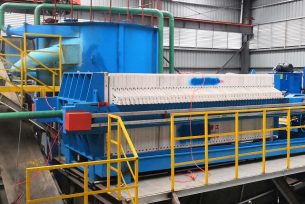
5. Filter press equipment
In actual production, we often encounter some high ash and fine viscous coal slime and tailings. For their treatment, we need to use filter press equipment. At present, domestic filter press equipment mainly includes box filter press, plate and frame filter press, diaphragm press filter press and belt filter press.
6. Drying equipment
Drying equipment in the coal industry is mainly used in alpine regions. At present, most of the existing drying equipment in China is of thermal drying type, mainly including roller dryers, tube dryers, shaft dryers and boiling dryers. These drying equipment are mainly suitable for the drying process of fine coal and flotation coal.


